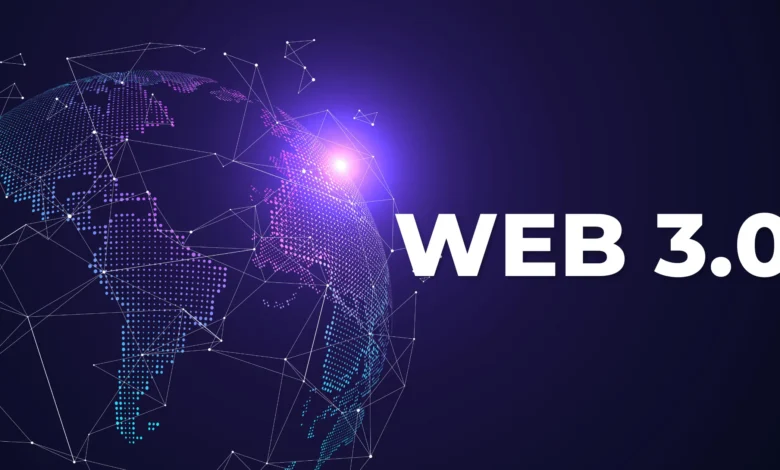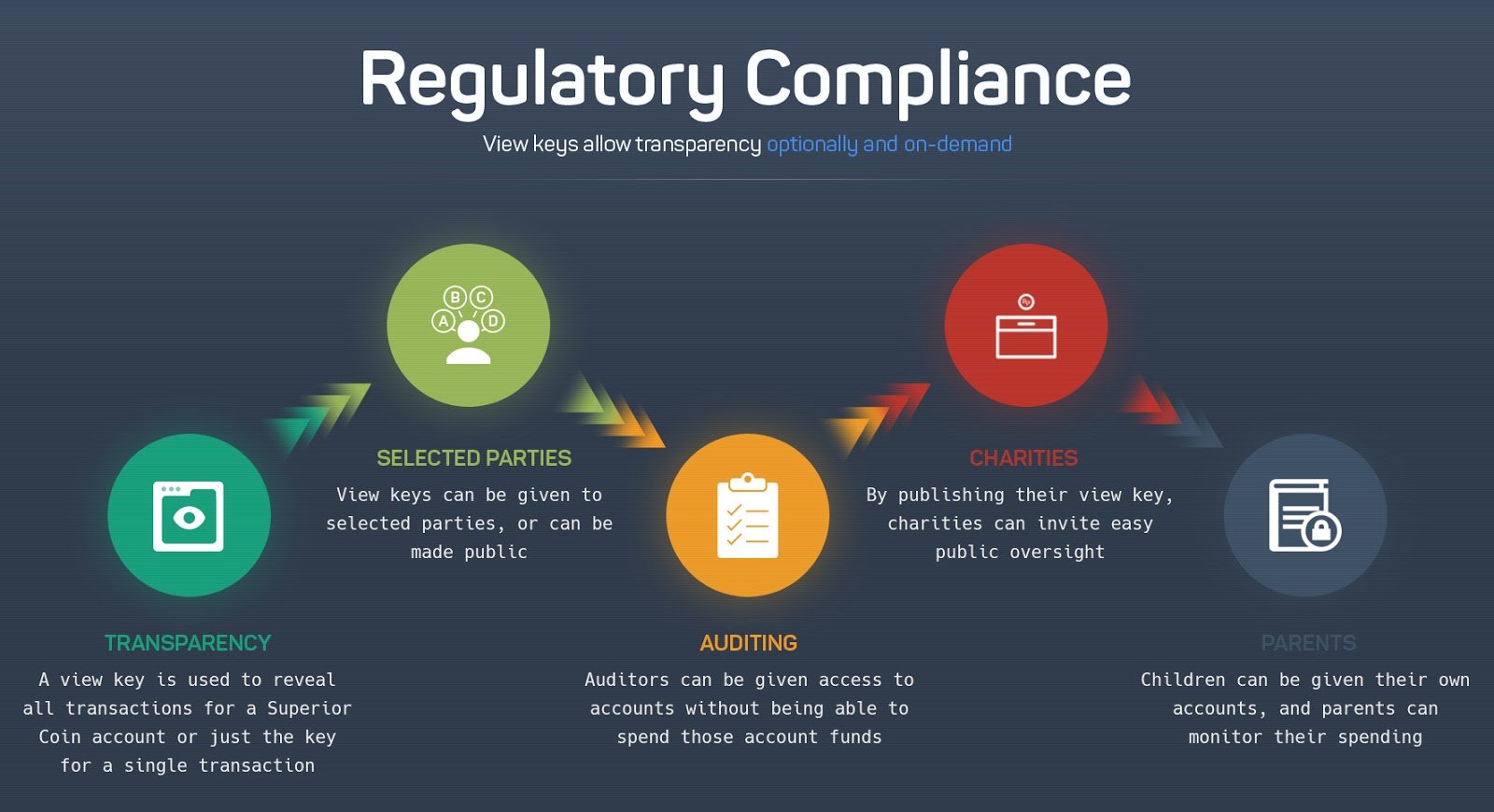Web3 Compliance Era Rethinking Mass Adoption Strategy
Web3 Compliance Era compliance shift impacts mass adoption goals. Are regulatory frameworks helping or hindering blockchain's ..

Web3 compliance has shifted dramatically from the early days of cryptocurrency, when innovation operated largely outside regulatory boundaries. Today’s landscape presents a stark contrast, with major exchanges implementing know-your-customer protocols, decentralized finance platforms seeking licensing agreements, and blockchain projects proactively engaging with regulators. This evolution prompts us to examine whether we’re witnessing maturation or mutation of the original blockchain vision.
Understanding this pivotal moment requires examining multiple dimensions of the compliance debate, from regulatory frameworks reshaping digital asset operations to the philosophical tension between decentralization ideals and institutional integration. Web3 Compliance Era: The path forward will likely define blockchain technology’s role in global financial systems for decades to come.
The Shifting Regulatory Landscape of Web3
The regulatory environment surrounding cryptocurrency and blockchain technology has transformed dramatically over recent years. What began as a largely unregulated frontier has evolved into a complex ecosystem where multiple jurisdictions compete to establish frameworks governing digital assets, smart contracts, and decentralized applications.
Regulatory bodies across the globe have awakened to blockchain’s significance. The European Union’s Markets in Crypto-Assets Regulation represents one of the most comprehensive attempts to create unified standards for digital asset operations. Web3 Compliance Era: Meanwhile, the United States continues developing its regulatory approach through multiple agencies, creating a patchwork system that challenges projects seeking clarity. Web3 Compliance Era: Asian markets have taken varied approaches, with some embracing innovation zones while others maintain restrictive policies.
This regulatory awakening stems from legitimate concerns about consumer protection, financial stability, and preventing illicit activities. Traditional finance operates within established guardrails designed to protect participants and maintain market integrity. Web3 Compliance Era: As blockchain platforms handle increasing value and attract mainstream participants, Web3 Compliance Era: regulators argue that similar protections become necessary. The question becomes whether applying traditional regulatory models to fundamentally different technology serves the public interest or merely extends existing power structures.
Compliance Requirements Reshaping: Web3 Compliance Era
Modern Web3 projects face an unprecedented compliance burden compared to their predecessors. Decentralized exchanges that once operated with minimal oversight now implement sophisticated identity verification systems. Web3 Compliance Era: Token launches undergo extensive legal review to avoid securities classification. Even decentralized autonomous organizations grapple with questions about legal entity status and liability frameworks.
These requirements fundamentally alter how blockchain projects operate and scale. Development teams allocate substantial resources to legal compliance rather than technical innovation. Web3 Compliance Era: The barrier to entry for new projects increases significantly, potentially centralizing innovation among well-funded entities capable of navigating complex regulatory requirements. Web3 Compliance Era: Smaller teams pursuing genuinely experimental approaches find themselves disadvantaged compared to established players with deep legal resources.
The compliance infrastructure itself introduces interesting paradoxes. Projects designed around trustless systems now require trusted intermediaries to verify user identities. Web3 Compliance Era: Platforms built for censorship resistance implement transaction monitoring systems. Web3 Compliance Era: Smart contracts programmed for autonomous execution face override requirements to comply with legal orders. Each compliance measure chips away at the foundational characteristics that made blockchain technology distinctive.
Examining the Mass Adoption Paradigm
The blockchain industry has long pursued mass adoption as its primary objective, viewing widespread usage as validation of the technology’s value proposition. This goal has driven countless strategic decisions, from user interface improvements to partnership announcements with traditional institutions. However, the definition of mass adoption itself deserves scrutiny.
Current mainstream adoption efforts often focus on making blockchain technology invisible to end users. Applications abstract away complexity, intermediaries handle custody, and familiar interfaces mask underlying decentralization. Web3 Compliance Era: While this approach may increase user numbers, it questions whether participants genuinely engage with blockchain’s core innovations or merely use rebadged versions of familiar services.
The pursuit of institutional adoption has particularly influenced the industry’s trajectory. Attracting traditional financial institutions, major corporations, the Web3 Compliance Era, and government entities has become a primary goal for many blockchain projects. These partnerships bring legitimacy, resources, and scale but also introduce expectations about compliance, governance, and operational standards that may conflict with decentralization principles.
The Institutional Integration Question
Institutional adoption represents a double-edged sword for the Web3 ecosystem. On one hand, major institutions bring credibility, capital, and infrastructure that can accelerate technology deployment. Financial giants entering the digital asset space validate blockchain’s potential and introduce the technology to massive user bases. Their participation can drive technical improvements, security enhancements, and user experience refinements that benefit the entire ecosystem.
Conversely, institutional involvement often comes with strings attached. Large organizations operate within established regulatory frameworks and carry reputational concerns that influence their blockchain strategies. They typically prefer permissioned systems over public networks, controlled governance over open participation, and compliant operations over permissionless innovation. Their influence can shape standards, development priorities, and industry norms in ways that privilege institutional needs over individual empowerment.
The financial services industry’s blockchain adoption illustrates this dynamic clearly. Banks develop private blockchain networks that maintain centralized control while capturing efficiency gains. Central bank digital currencies leverage blockchain technology within government-controlled frameworks. These applications demonstrate blockchain’s technical utility but diverge significantly from the peer-to-peer electronic cash system originally envisioned by early cryptocurrency pioneers.
The Compliance Versus Decentralization Tension
At the heart of the current debate lies a fundamental tension between compliance requirements and decentralization principles. Blockchain technology emerged partly as a response to centralized financial systems and intermediated trust models. The innovation promised peer-to-peer transactions, censorship resistance, and individual sovereignty over digital assets. Compliance frameworks, by necessity, often require centralized checkpoints, identity disclosure, and reversibility mechanisms that contradict these founding principles.
This philosophical conflict manifests practically across the ecosystem. Privacy-focused cryptocurrencies face regulatory scrutiny despite serving legitimate use cases. Decentralized finance protocols implement geographic restrictions to avoid regulatory complications. Non-fungible token platforms verify creator identities rather than allowing pseudonymous participation. Each compromise moves the ecosystem incrementally toward models resembling traditional systems.
Proponents of compliance argue that some centralization represents a necessary maturation rather than a betrayal of core values. They contend that blockchain technology can deliver substantial benefits even within regulatory frameworks—increased transparency, reduced settlement times, improved auditability, and enhanced programmability. From this perspective, pursuing compliant mass adoption allows blockchain to improve existing systems rather than completely replacing them, which may represent a more realistic and impactful path forward.
Alternative Visions for Blockchain’s Future
Not everyone accepts that regulatory compliance represents blockchain’s inevitable destiny. A vocal segment of the community advocates maintaining commitment to original decentralization principles even if it limits mainstream adoption. They argue that truly transformative innovation often faces initial resistance from establishment forces and that premature compromise dilutes technology’s revolutionary potential.
This perspective envisions blockchain operating as a parallel financial system rather than integrating with traditional infrastructure. Success would mean creating resilient networks that individuals can access globally, regardless of location or regulatory environment. Adoption would prioritize genuine usage of decentralized applications over superficial metrics or institutional partnerships. The focus would remain on empowering individuals rather than optimizing for corporate adoption or regulatory acceptance.
Some projects explicitly pursue this alternative path, prioritizing censorship resistance over compliance, privacy over transparency to authorities, and permissionless participation over controlled access. These efforts face significant challenges, including reduced liquidity, limited fiat on-ramps, and persistent regulatory uncertainty. However, they maintain that preserving blockchain’s distinctive characteristics justifies accepting these limitations.
Questioning Our Definition of Success
The Web3 industry might benefit from fundamentally reassessing how it defines and measures success. Current metrics often emphasize transaction volumes, total value locked, user numbers, and institutional partnerships. While these figures indicate scale, they may not capture whether blockchain technology fulfills its transformative potential.
Alternative success criteria might focus on measuring genuine decentralization, evaluating whether systems remain operational without dependence on any single entity. Success could mean assessing financial inclusion, tracking whether blockchain enables access for underserved populations. Privacy preservation, censorship resistance, and individual sovereignty could serve as key performance indicators rather than secondary considerations subordinate to growth metrics.
This recalibration would influence strategic decisions across the ecosystem. Projects might prioritize technical architecture that maximizes decentralization even if it sacrifices some performance. Development efforts could focus on improving privacy-preserving technologies rather than streamlining identity verification. Community governance might emphasize long-term sustainability over rapid expansion that requires compromising core principles.
The Long-Term Perspective
History suggests that transformative technologies often experience tension between revolutionary potential and establishment integration. The internet faced similar debates as it evolved from an academic network to a commercial platform to today’s partly centralized ecosystem. While the internet achieved unprecedented scale through commercialization, critics note that power is consolidated around major platforms in ways that compromise the open architecture that made early internet innovation possible.
Blockchain technology may face comparable choices. The compliant, institutionally-integrated path promises rapid scaling, significant capital deployment, and mainstream legitimacy. However, it risks creating permissioned gardens that leverage blockchain’s technical features while abandoning its philosophical foundations. The alternative path accepts slower growth, persistent friction with authorities, and niche status in exchange for maintaining transformative potential.
Perhaps the most likely scenario involves parallel evolution, where different blockchain implementations serve different purposes. Regulated platforms handle institutional needs and compliant applications while permissionless networks continue serving privacy-focused, censorship-resistant use cases. This bifurcation would allow blockchain technology to demonstrate value across multiple contexts without forcing a single vision on diverse stakeholders.
Rethinking the Compliance Conversation
Rather than viewing compliance as either salvation or surrender, the Web3 community might engage in more nuanced discussions about appropriate frameworks. Not all regulation equally impacts decentralization principles. Some requirements, like basic disclosure for projects raising public funds, align reasonably with consumer protection without fundamentally compromising technical architecture. Other mandates, like backdoor access requirements or transaction reversibility, directly contradict blockchain’s core characteristics.
Smart regulation would recognize blockchain’s unique properties and adapt frameworks accordingly, rather than forcing digital assets into categories designed for traditional securities or payment systems. Forward-thinking regulatory approaches might focus on outcomes—preventing fraud, protecting consumers, maintaining market integrity—while remaining technologically neutral about implementation methods.
The industry itself bears responsibility for constructive engagement with policymakers. Rather than reflexively opposing all regulation or uncritically accepting compliance requirements, blockchain stakeholders should articulate clear positions about which regulatory approaches support legitimate policy objectives while preserving decentralization benefits. This requires moving beyond oversimplified narratives toward sophisticated analysis of specific regulatory proposals.
Conclusion
The Web3 industry undeniably stands at a crossroads where compliance expectations and mainstream adoption pressures are reshaping the landscape. Whether this represents a “new era” depends largely on how the ecosystem responds to these forces. The current trajectory suggests significant movement toward regulated, institutionally-integrated blockchain applications that leverage the technology’s efficiency gains while operating within traditional frameworks.
However, this path warrants critical examination rather than uncritical acceptance. The pursuit of mass adoption through compliance and institutional integration risks creating blockchain systems that differ little from existing infrastructure aside from technical implementation details. Web3 Compliance Era: If adoption requires abandoning censorship resistance, financial sovereignty, and permissionless innovation, we must question whether we’re pursuing the wrong kind of success.
The most constructive path forward likely involves maintaining space for diverse approaches. Regulated platforms can serve mainstream needs while permissionless networks preserve blockchain’s revolutionary potential. Success shouldn’t mean choosing between these models but rather ensuring both can flourish. Web3 Compliance Era: The Web3 community must articulate clear values, engage thoughtfully with regulatory frameworks, and resist defining success purely through adoption metrics that ignore whether blockchain fulfills its transformative promise. Web3 Compliance Era: Only through this balanced approach can the industry navigate compliance pressures without losing sight of why blockchain technology mattered in the first place.
FAQs
Q: What does Web3 compliance actually mean for everyday cryptocurrency users?
Web3 compliance typically means users will encounter more identity verification requirements, geographic restrictions based on their location, and transaction monitoring across platforms. Web3 Compliance Era: Practically, Web3 Compliance Era: this translates to providing government identification to exchanges, answering questions about fund sources, and potentially having certain transactions flagged or blocked.
Q: Can blockchain technology remain decentralized while meeting regulatory requirements?
The relationship between decentralization and regulation exists on a spectrum rather than as a binary choice. Some regulatory requirements, like financial disclosures for token issuers, don’t necessarily compromise technical decentralization. Others, like mandatory transaction reversibility or identity linking, fundamentally conflict with decentralized architecture.
Q: Why are regulators paying increased attention to Web3 and cryptocurrency markets?
Regulatory interest has grown primarily due to cryptocurrency’s expanding market size, its increasing connection to traditional finance, the Web3 Compliance Era: and high-profile incidents like exchange collapses and fraud cases. As digital assets attract mainstream investors and significant capital, Web3 Compliance Era: regulators feel obligated to extend consumer protections similar to those in traditional markets.
Q: What distinguishes institutional adoption from grassroots blockchain adoption?
Institutional adoption typically involves established corporations, financial institutions, or government entities integrating blockchain technology into their operations, Web3 Compliance Era: often through private or permissioned networks. Web3 Compliance Era: This approach prioritizes compliance, controlled access, and integration with existing systems.
Q: How might the Web3 industry balance innovation with regulatory compliance going forward?
Finding balance will likely require multiple strategies: developing privacy-preserving compliance technologies that meet regulatory needs without complete transparency, Web3 Compliance Era: engaging constructively with policymakers to shape appropriate frameworks, maintaining diverse blockchain implementations serving different use cases, and clearly articulating which blockchain.


